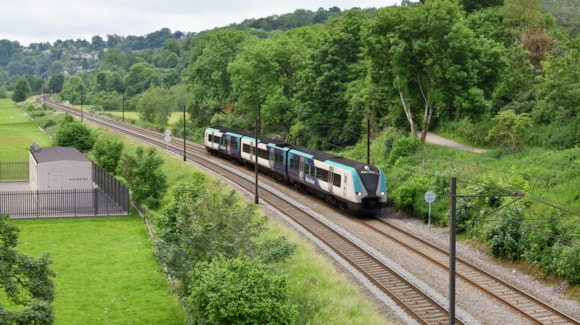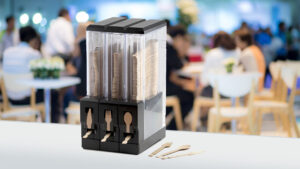Siemens’ British battery trains set to save £3.5bn and consign diesel trains to history

Siemens Mobility has calculated that its new battery bi-mode trains could save Britain’s railways £3.5 billion and 12 million tonnes of CO2 over 35 years.
The trains, which would be assembled at Siemens Mobility’s new Train Manufacturing Facility in Goole, East Riding of Yorkshire, would be powered by overhead wires on already electrified routes, then switch to battery power where there are no wires.
That means only small sections of the routes and/or particular stations have to be electrified with overhead line equipment (OLE), making it much quicker and less disruptive to replace diesel trains compared to full electrification.
This OLE can also be installed much more quickly using Siemens Mobility’s innovative Rail Charging Converter (RCC), which makes it possible to plug directly into the domestic grid – potentially cutting delivery times for OLE from seven years to as little as 18 months.
Sambit Banerjee, Joint CEO for Siemens Mobility UK & Ireland said: “Britain should never have to buy a diesel passenger train again. Our battery trains, which we’d assemble in our new Goole factory in Yorkshire, can replace Britain’s aging diesel trains without us having to electrify hundreds of miles more track in the next few years. So, on routes from Perth to Penzance, passengers could be travelling on clean, green battery-electric trains by the early 2030s. And the best thing is that this would save the country £3.5bn over 35 years.”
A number of train operators are looking to replace their aging diesel fleets, including Chiltern, Great Western Railway (GWR), Northern, ScotRail, TransPennine Express (TPE) and Transport for Wales (TfW), whilst East-West Rail will need to secure new trains.
Siemens Mobility has conducted extensive modelling using advanced train performance simulation software to compare using battery bi-mode trains to running diesel or part-diesel powered trains.
It shows that Siemens Mobility’s battery bi-mode trains would only require 20 – 30% of a line to be electrified. These trains, utilising Lithium Titanate Oxide battery chemistry, can charge their batteries to full capacity in 20 minutes whilst moving along the electrified sections or charging whilst stopped at stations.
Siemens Mobility has reviewed routes across the country and identified strategic points along these routes where discontinuous electrification OLE could be installed, powered by Siemens Mobility’s RCCs, enabling the batteries to be charged.
The RCCs can be installed in as little as 18 months alongside the OLE, connecting to the local power grid using an 11kV charge, instead of using the high powered 275/400kV electricity network, connections to which can take up to seven years to install on traditional electrification projects.





